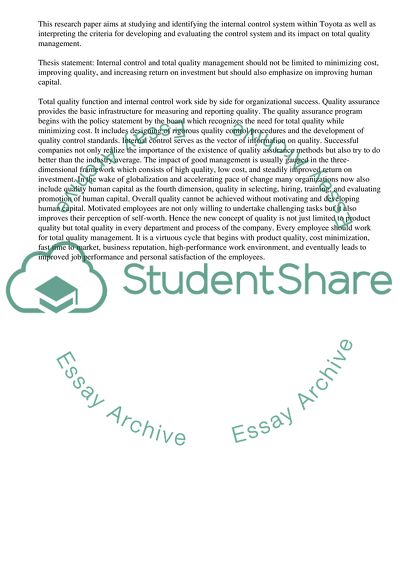Cite this document
(Identifying Internal Control System within Toyota Case Study - 18, n.d.)
Identifying Internal Control System within Toyota Case Study - 18. https://studentshare.org/management/1751373-management
Identifying Internal Control System within Toyota Case Study - 18. https://studentshare.org/management/1751373-management
(Identifying Internal Control System Within Toyota Case Study - 18)
Identifying Internal Control System Within Toyota Case Study - 18. https://studentshare.org/management/1751373-management.
Identifying Internal Control System Within Toyota Case Study - 18. https://studentshare.org/management/1751373-management.
“Identifying Internal Control System Within Toyota Case Study - 18”. https://studentshare.org/management/1751373-management.


